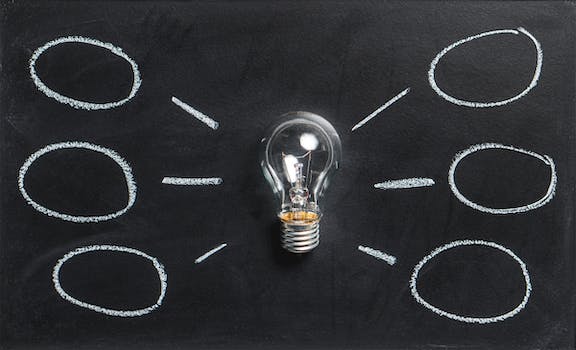When we think of art, we usually picture a person, a canvas, and a paintbrush. But what if I told you that art could also be created by a machine, or more specifically, an AI? That’s right, the intersection of AI and art has given rise to new forms of creativity that were once impossible to imagine.
AI-powered tools can now generate paintings, drawings, and even music that are surprisingly impressive.
One of the most popular applications of AI in art is the use of Generative Adversarial Networks (GANs). These networks consist of two separate neural networks that work together to generate new images. One network generates a random image, while the other network tries to determine whether the image is real or fake. The two networks continue to work together until they can create an image that is indistinguishable from a real photograph.

But the use of AI in art isn’t limited to just creating realistic images. It can also be used to generate abstract art that is both beautiful and unique. The use of algorithms can create patterns and shapes that are impossible for humans to create. This can lead to new and exciting forms of art that push the boundaries of what we consider to be “traditional” art.
One of the most famous examples of AI-generated art is the portrait of Edmond de Belamy, created by the French art collective Obvious. The portrait was created using a GAN and sold at Christie’s auction house for $432,500. The high price tag shows that AI-generated art is not just a novelty but is also taken seriously by art collectors and enthusiasts.
But what does the rise of AI-generated art mean for traditional artists? Some argue that AI will never replace human creativity and that it will always be necessary for artists to have a human touch. Others argue that AI can be used as a tool to enhance human creativity and allow artists to create things that were once impossible.
Personally, I believe that the use of AI in art will lead to a new era of creativity that we have yet to fully explore. The possibilities are endless, and I’m excited to see where this intersection of AI and art will take us in the future.
In conclusion, the rise of AI-generated art may seem daunting to some, but it’s important to remember that it’s not about replacing human creativity but rather enhancing it. AI tools can create things that were once impossible and allow us to push the boundaries of what we consider to be “art.” The intersection of AI and art is an exciting development that has the potential to change the art world forever.
Leave a Reply